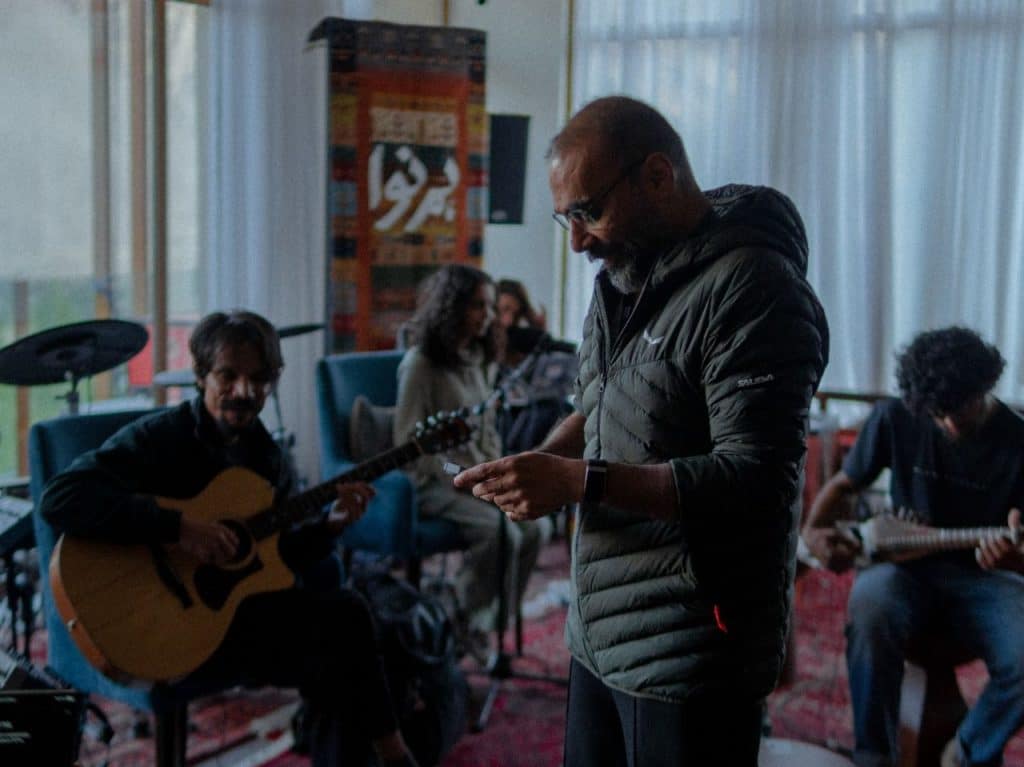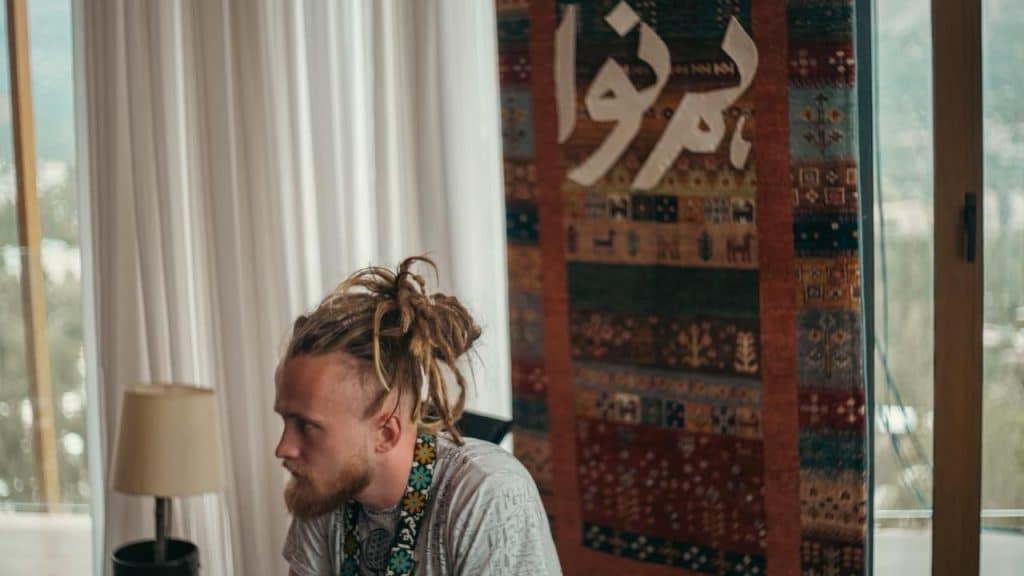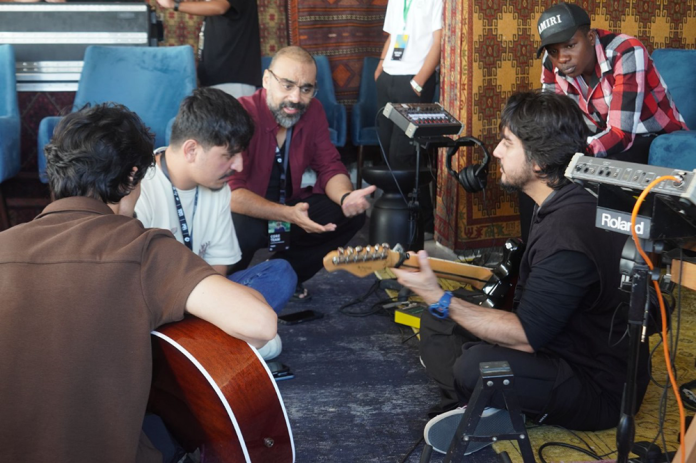In the far north of Pakistan, where mountains rise higher than ambition and silence hums like a secret melody, something extraordinary took shape in 2025 – a creative experiment that would bring the world to Hunza.
In this remote valley, Pakistani musicians and artists from France, Germany, Algeria, Iran, Tunisia, and Zambia came together not just to make music, but to make meaning. This is Humnava – a global music and art residency that turned co-creation into culture, and culture into community.

At first glance, Humnava might seem like a 40-day camp – artists living, eating, and creating together. But what unfolded was far more profound. It became a movement – a creative ecosystem where sound became the language of connection, and empathy became infrastructure.
As Curator and Creative Director Zulfiqar Jabbar Khan (Xulfi) puts it:
“Humnava is a companion – a rhythm keeper that reminds the world to stay in sync. Through music, we’re not just creating songs; we’re restoring hope, showing that love and kindness can still eclipse every toxicity.”
At its core, Humnava represents something the world is beginning to notice, that culture isn’t just heritage, it’s also economy. Executive Producer and CEO of Giraffe, Muhammad Ibrahim, explains it as:

“Humnava is not just about music; it’s about shaping a new creative economy for Pakistan — one built on sustainability, inclusion, and collaboration. When creativity meets purpose, it builds soft power and tells the world a new story about Pakistan.”
Through partnerships with UNESCO, the European Union, YouTube, Spotify, and TikTok, Humnava turned collaboration into cultural currency – building bridges between art and access. The upcoming songs and docufilm aren’t just creative outputs; they’re proof that cross-border exchange can fuel visibility, opportunity, and economic value within Pakistan’s creative sector. What started as melodies in the mountains now forms a blueprint for a new creative economy – one that nurtures local talent while inviting the world to collaborate equitably.
What truly sets Humnava apart is its focus on community involvement. Hunzai families hosted musicians. Schoolchildren joined jam sessions. Music wasn’t performed for them – it was created with them.

These roots turns Humnava into more than a project; it becomes a living ecosystem that leaves behind skills, networks, and stories. Each note composed in Hunza carries the imprint of collective growth – the kind that outlives a season and becomes a mindset.
For decades, Pakistan’s creative potential has often been defined by fragility or constraint. Humnava flips that narrative – reframing fragility as sensitivity, and sensitivity as strength – the kind that fuels empathy, awareness, and connection. It shows that Pakistan can be a host for global artistry, a meeting point where cultures don’t collide, but converge.
What started as an experiment in a valley has become a signal to the world: Pakistan is ready to lead through creativity. It’s ready to turn music into movement, art into economy, and collaboration into culture.
Because in the end, as Xulfi says,
“Music is the ultimate bridge of love. It helps us see beyond differences – beyond religion, race, or ideology – and rediscover harmony again.”
And in that harmony, perhaps, lies the sound of Pakistan’s future.


